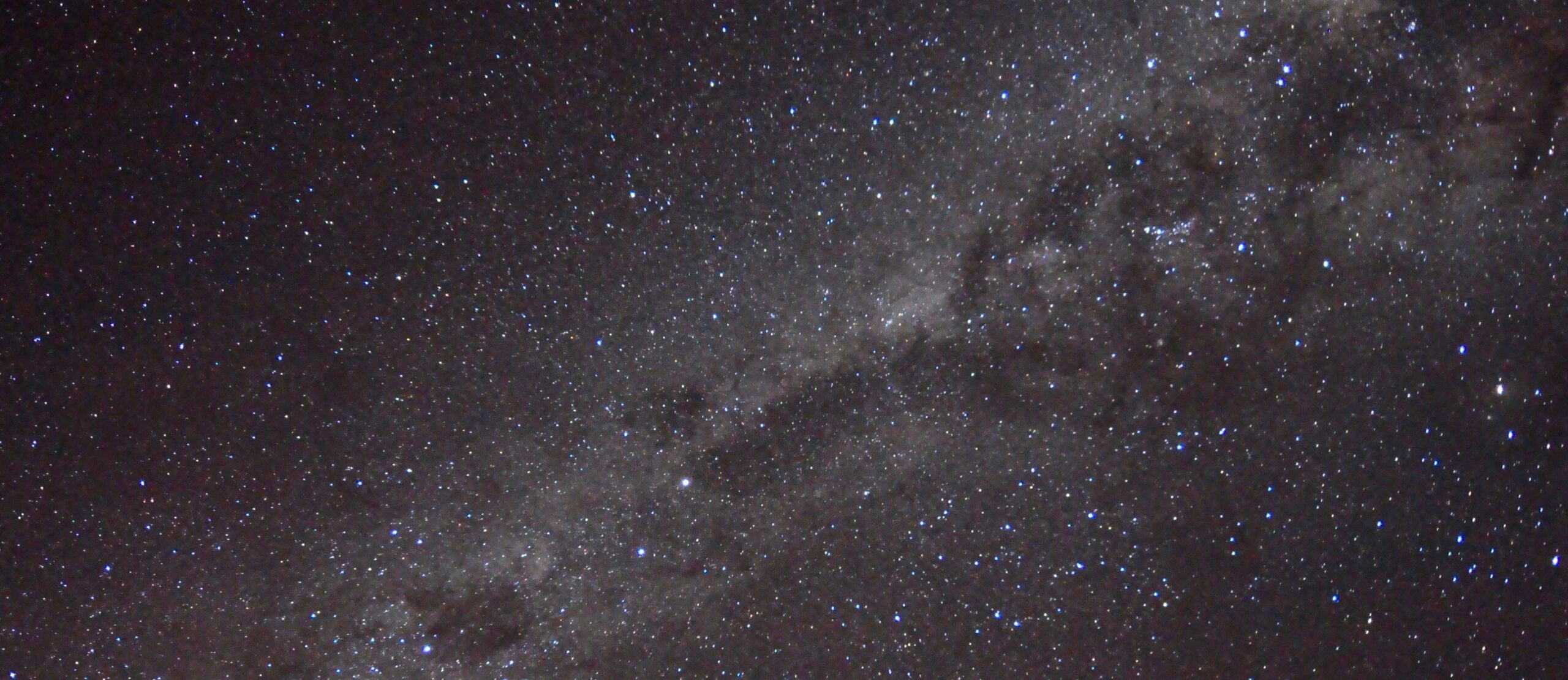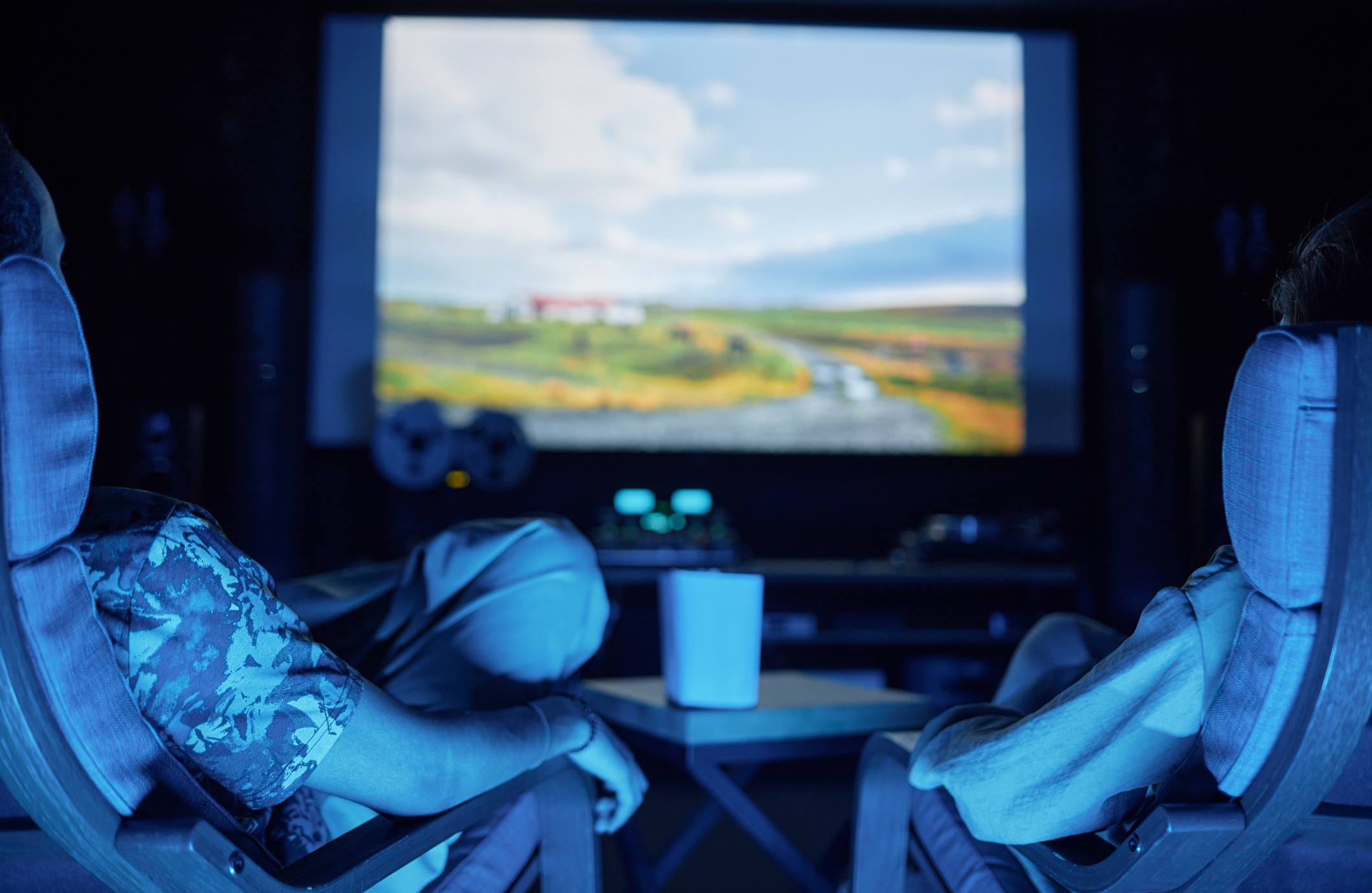Exploring New Zealand’s dark sky reserve
While artificial light has a host of benefits, it needs careful management, too.
Too much artificial light equals light pollution – and light pollution can have seriously negative effects on our wildlife, health, energy consumption and our environment.
According to a 2016 study, 80 per cent of the world’s population lives under ‘skyglow’, and in the UK and Europe, 99 per cent of the public can’t experience a natural night.
That can have a whole host of negative effects – from not being able to see the stars, to altering the natural habitats and, consequently, the habits of animals. Not to mention the cost of needlessly using energy.
In a bid to keep the negative effects of artificial light to a minimum and return parts of our world to a pre-artificial light state, the International Dark-Sky Association was founded in 1988 to “preserve and protect the nighttime environment and our heritage of dark skies through quality outdoor lighting.” And in the 35 years that have followed, more than 200 International Dark Sky Sanctuaries, Dark Sky Parks, Dark Sky Reserves and Dark Sky Communities have been established.
These are places that keep the impact of artificial light to an absolute minimum, ensuring the natural environment at night is just that.
Here in Australia, our first International Dark Sky Park – Warrumbungle National Park in NSW, was officially designed in 2016, while in 2019, The Jump-Up in Queensland and the River Murray Swan Reach Conservation Park in South Australia were both designated official Dark Sky locations.
Over the ditch, however, New Zealand has some higher aspirations…
Creating a dark sky reserve
As far as night skies being negatively impacted by artificial light, New Zealand’s doing pretty well. In the North Island, around 74 per cent of its night skies are considered ‘pristine or degraded only near the horizon’, while in the South Island that figure stands at a pretty remarkable 93 per cent.
New Zealand wants to make the most of it and become only the world’s second dark sky country – following in the footsteps of Niue, an island to the east of Tonga, which was designated a Dark Sky Community back in 2020.
It’s certainly on the right track. Aoraki Mackenzie on the South Island was designated an International Dark Sky Reserve back in 2012, while Aotea/Great Barrier Island was named an International Dark Sky Sanctuary in 2017.
And, earlier this year, the districts of South Wairarapa and Carterton were named the world’s newest International Dark Sky Reserve.
The combined regions cover around 3665 sq km, and the site’s surrounded by ocean to the east and south, and forest to the north and west, which will help protect the area.
The status award marks the successful culmination of a five-year process to monitor and limit current and future light pollution, and the local communities of Martinborough, Featherston, Greytown and Carterton were thanked by the volunteer committee for making it possible – as well as the territorial authorities and national agencies, who needed to play their part because of light pollution from street lights, highways and lighthouses.
The country hopes the new Dark Sky Reserve will create greater volumes of tourism – particularly astronomical tourism – as well as enjoying other environmental benefits.
Saving Tasmania’s skies
While New Zealand’s well on track to achieving its ambitions of becoming only the second dark sky country in the world, some Tasmanian residents are desperately trying to get people on board to save Tassie’s stars.
Tasmania has some of the world’s darkest skies – and a campaign is in full swing to make sure it stays that way.
With light pollution increasing on the island, Dark Sky Tasmania is concerned that, within two generations, the stars in the sky will no longer be visible. So the group is acting now to ensure that doesn’t happen – with part of the solution including establishing a dark sky sanctuary in the state’s south-east.
Of course, that alone won’t be enough – community action is essential, and Dark Sky Tasmania believes smart street lighting will be important to help reduce light pollution generally in coming years.
There’s a lot of work to do in Australia, but with a bit of luck, we’ll be able to enjoy the night’s stars here for a long, long time to come.
And if we can’t, we can always visit New Zealand…





Comments (0)
Write a Comment